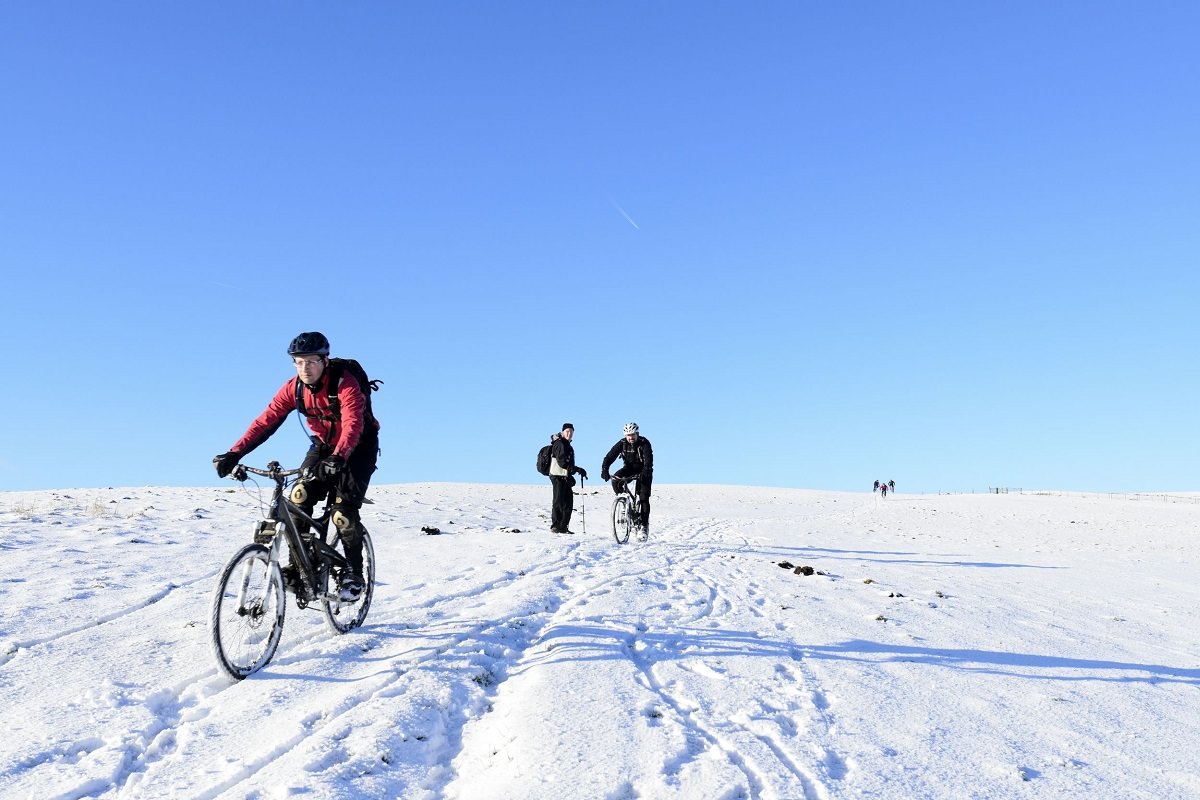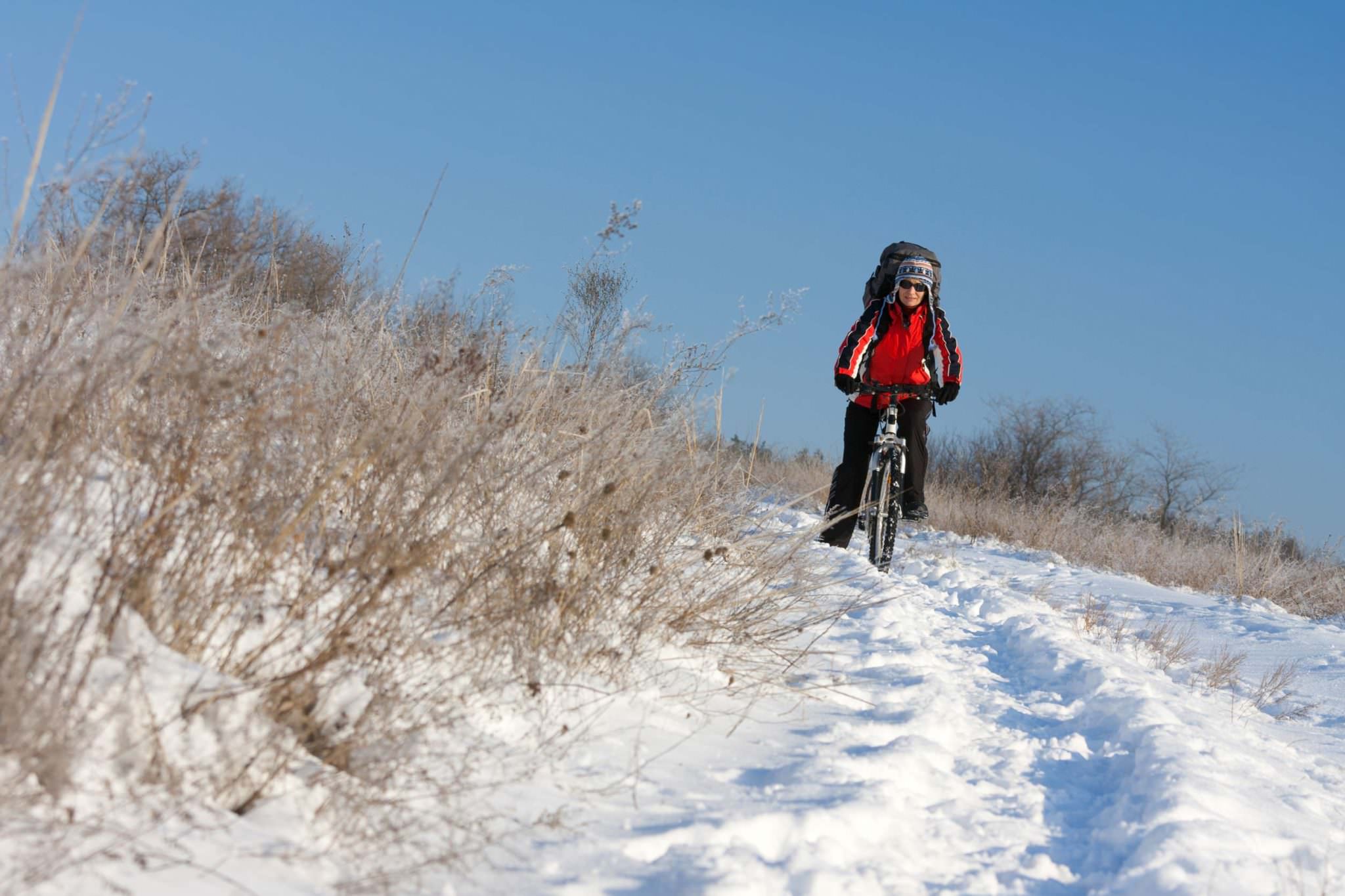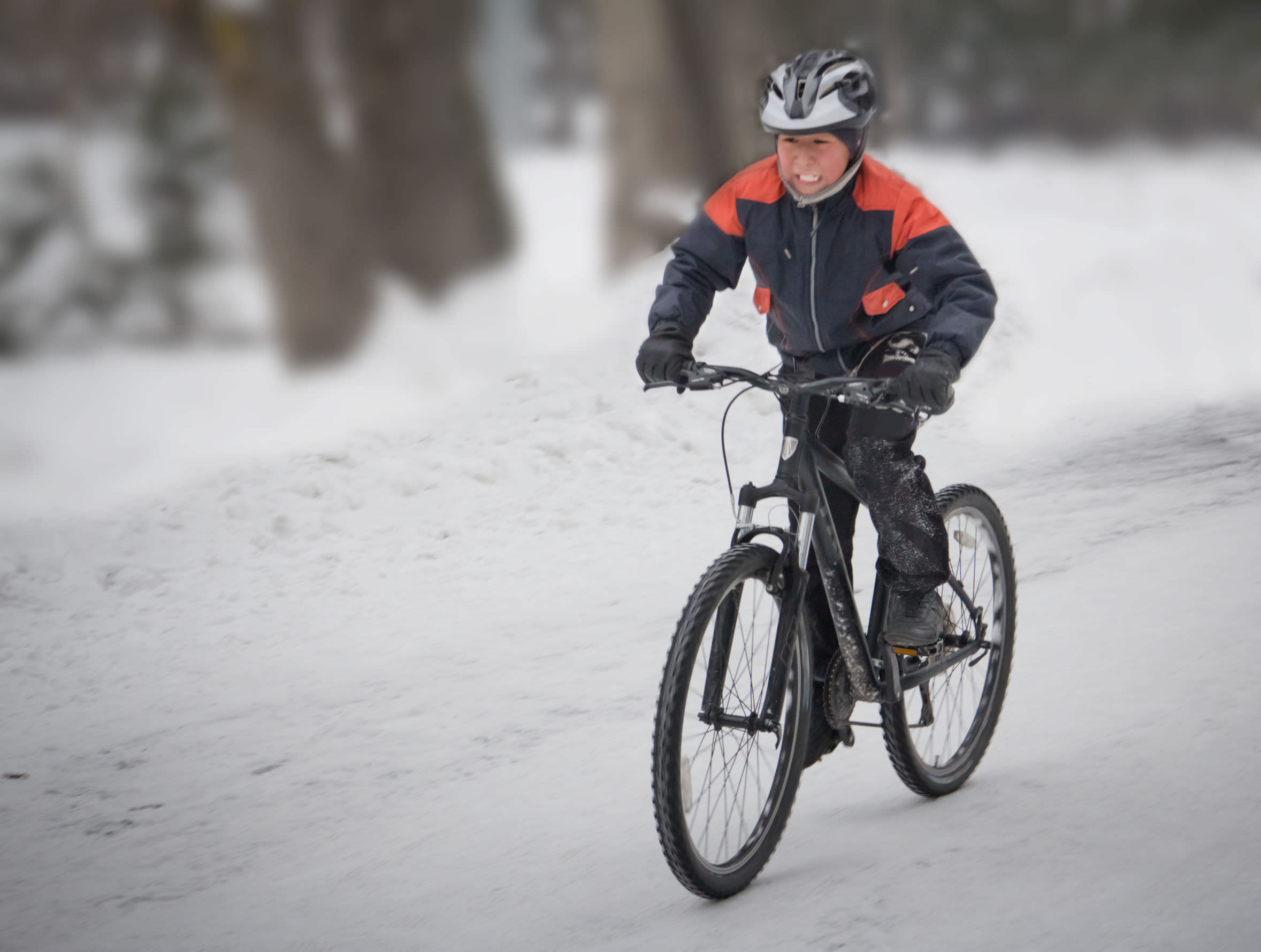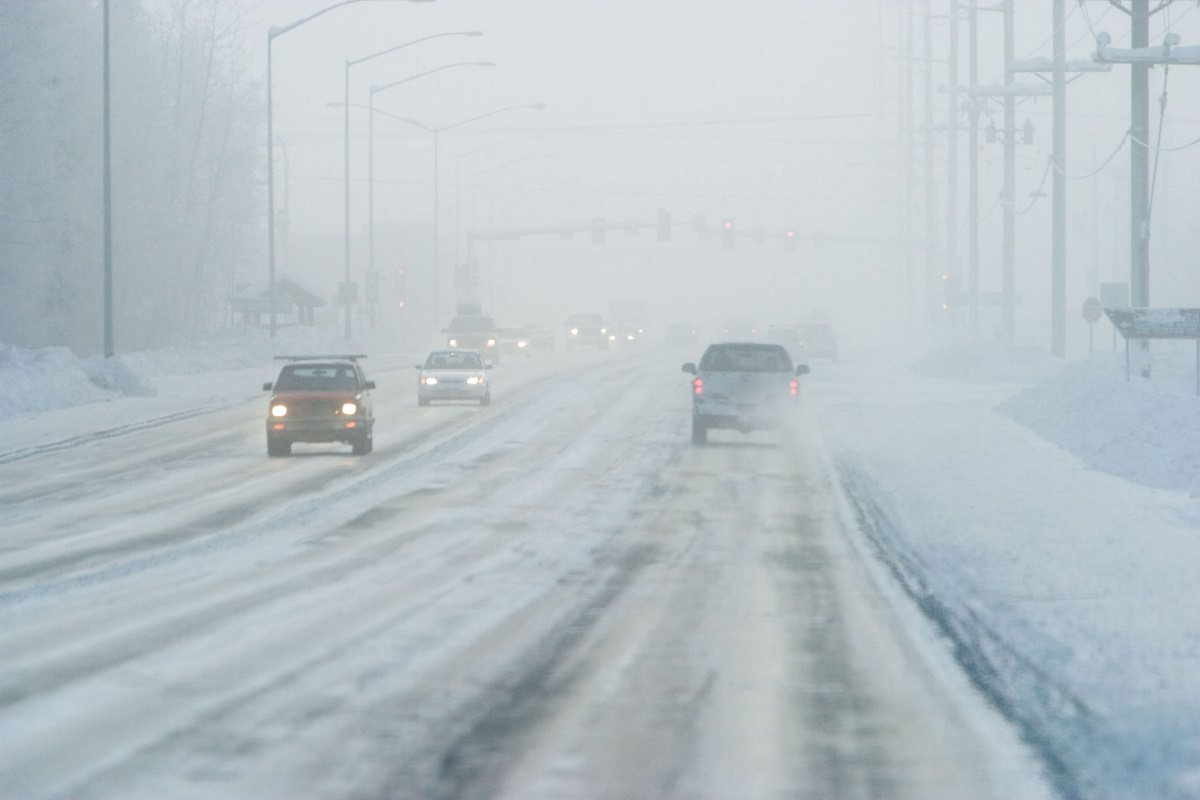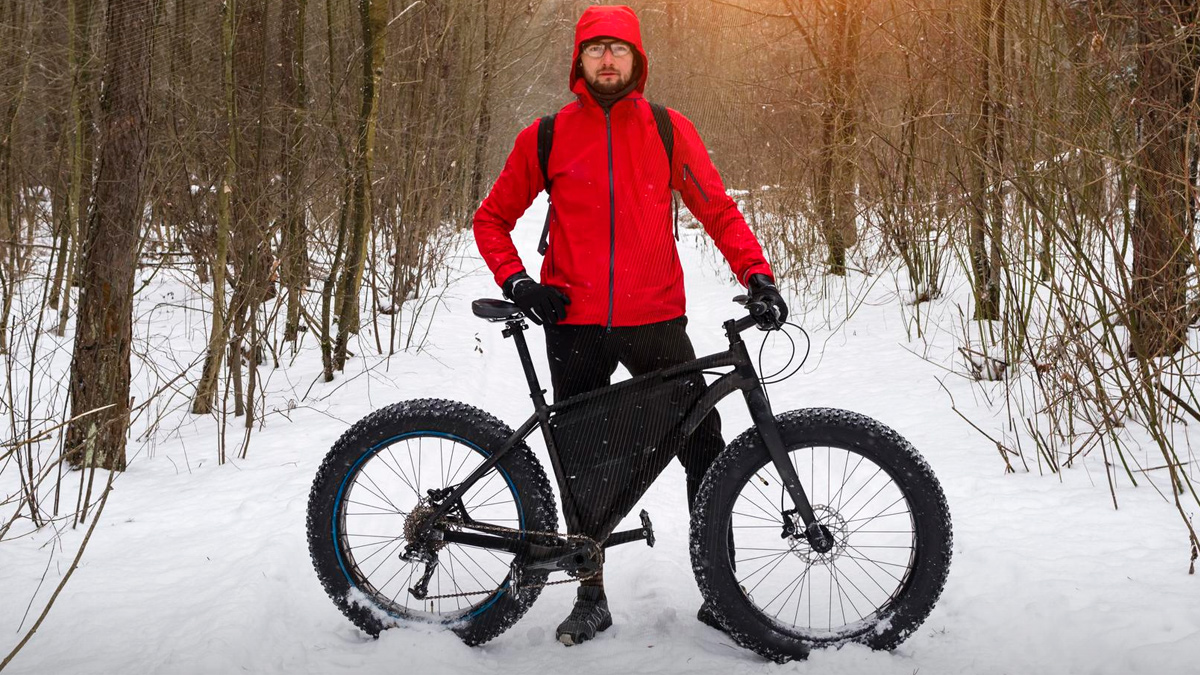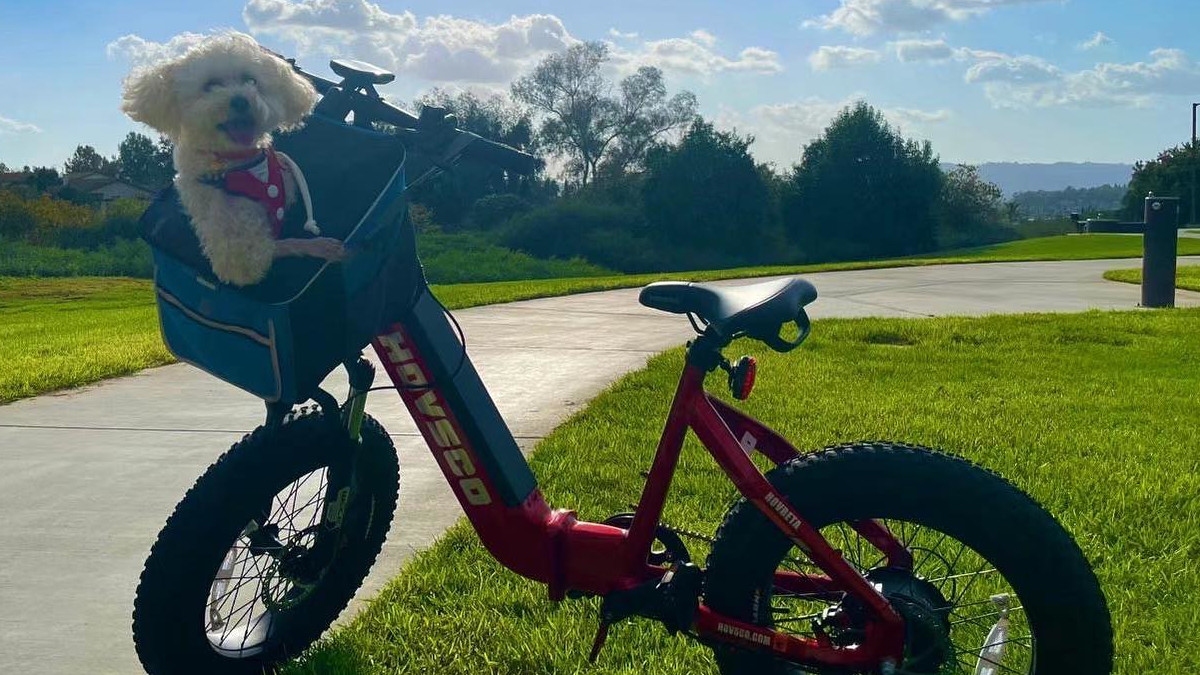In winter everything becomes problematic. Even the simple bike computer. The problem is not the computers themselves, but trying to use them can be maddening when you have winter gloves, or worse, lobster claws or mittens on, and your fingers are an inch wide. Those little buttons are often hard to push.
Since much winter icebiking, for commuters, at least, is done in the dark, some winter cyclists go for weeks without actually seeing their computers in action. Just as well, we are often depressed by our speed in the winter anyway.
However, it doesn’t have to be that way. Some computers accommodate “fat fingers” and even help you tell macho biking stories about the cold, and have illuminated displays.
What To Consider While Choosing A Cycle Computer For Winter and Ice Cycling
Good computers also have a temperature readout, as well as altitude gained in addition to all the usual features found on bike computers today. They have large buttons so that you can operate the thing with heavy gloves.
1. Will The Computer Freeze?
Many cyclists worry about their computer freezing in winter. A common question on the icebike list concerns the advisability of using a computer in winter temperatures.
The short answer is yes, it will freeze. But it doesn’t seem to hurt them too much. Many times the display will cease to function. It always resumes operation upon being warmed up a bit, and the computers keep track of mileage and speed even when the display is not working.
Damage to batteries is another possibility. I’ve never experienced any battery damage or bursting down to minus 20 (F). I’m sure it could be a problem, but I’ve heard no reports of it.
2. Must-Have Features In Cycling Computers For Winters
For winter cycling, look for large buttons, located on the edge of the unit. Getting gloved fingers onto small buttons, or recessed buttons is difficult. Buttons on the edge of the unit are far easier to push.
You want to consider alternative mounting locations, such as the stem rather than the handlebar. In winter you often have lights mounted, some require separate mounting of switches, and these take up a lot of real estate on the handlebars.
Performance sells a “Cronometer Nob” that allows the attachment of a computer to the handlebar stem. You can make one from scratch with a zip-tie and one inch of plastic pipe. Wireless is nice, but not essential for winter cycling.
Waterproof is also nice to have, but probably not essential. Although none of mine are rated as truly waterproof, they have never been damaged by winter rains. Most computers are rated as water resistant.
Quick release is a mixed blessing. It means you can take the computer inside with you easily. It also means a thief can nab your instrument in one second flat.
3. Calibration
If you are fussy about your odometer readings, don’t forget to adjust your cycle computers’ settings for the lower pressure typically used in winter. Sheldon Brown has a good page on calibration.
FAQs
Can I use my phone as a cycling computer?
Yes, a smartphone can be used as a cycling computer.
Is it worth buying a bike computer?
Yes, if you are interested in competitive cycling or want to keep track of your cycling activity, a bike computer is of great help.
What is a bike computer called?
A bike computer is called a cyclocomputer.
Conclusion
And watch for ice build-up on the sensor if you park your bike outside after a freezing ride in the rain or slushy snow. If left standing in the cold it might freeze up hard enough to damage the sensor when the magnet comes around when you decide to resume your ride. Whip it off before it freezes.
Also Read
- Do You Need A Bicycle Odometer? Let’s Find Out
- How To Do Winter Cycling In Ice And Snow- Icebike Tips
- Winter Cycling Techniques For Any Kind Of Snow And Ice
Should you have any questions or require further clarification on the topic, please feel free to connect with our expert author John Andersen by leaving a comment below. We value your engagement and are here to assist you.

